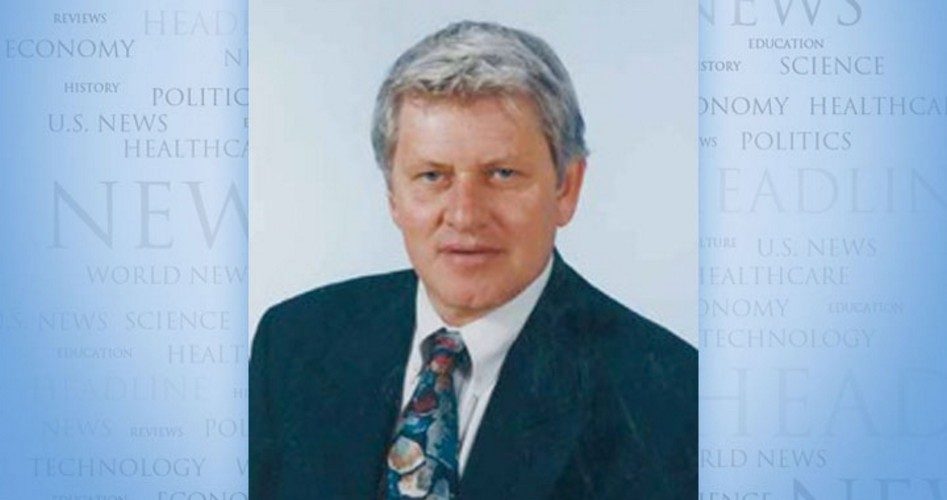
“The last thing you want to do is to raise taxes in the middle of a recession, because that would just suck up, take more demand out of the economy and put businesses in a further hole.”
That wasn’t Ronald Reagan in 1981, explaining why he wouldn’t be pushing for tax hikes to lower the 7.6 percent unemployment rate he inherited from Jimmy Carter.
No, the above quote is Barack Obama in 2009, telling America that raising taxes was not the way to reduce the 7.8 percent unemployment rate he inherited from George W. Bush.
Now, three years later and with unemployment at 8.2 percent, President Obama is calling for multiple tax increases on precisely the income groups that are most likely to invest in business expansion and job creation.
Today’s 8.2 percent unemployment rate translates into 12.7 million unemployed persons, not counting the millions who’ve quit looking for work or have been cut to part-time employment.
The number of these “involuntary part-time workers” was 8.2 million in June, according to the Bureau of Labor Statistics.
Another 2.5 million were officially labeled as “marginally attached to the labor force” in June. “These individuals,” reported the Bureau of Labor Statistics, were “unemployed” and “available for work and had looked for a job sometime in the prior 12 months” but were “not counted as unemployed because they had not searched for work in the previous four weeks.”
Add these “involuntary” part-timers and the “marginally attached” to the official unemployment rate and the total number of unemployed persons in June increases from 12.7 million to 23.4 million.
And that doesn’t count any of the institutionalized– students who are back in college getting a second degree because they couldn’t get a job with the first one, or the “involuntary” househusbands and housewives, or any of the 2.3 million jailbirds currently behind bars in the U.S., some of whom might be doing honest work if the economy had been operating anywhere near full employment.
Last month, 80,000 new jobs were created in the U.S. economy, less than half the number that were being created per month earlier in the year.
It takes 150,000 new jobs per month just to keep up with the number of new entrants coming into the labor market.
Overall, the Obama post-recession “recovery” now ranks dead last in the entire post-World War II period in terms of economic growth and job creation, according to Congress’s Joint Economic Committee.
Mr. Obama’s prescription for a turnaround? Going in the opposite direction from what he said in 2009 about higher taxes putting “businesses in a further hole,” Mr. Obama called on July 8 for higher income tax rates on households earning more than $250,000 a year and individuals earning $200,000 or more a year.
Additionally, Obama’s proposed 2013 budget doubles the top tax rate on capital gains from 15 percent to 30 percent, increases the estate tax rate from 35 percent to 45 percent, and triples the top tax rate on dividends.
Altogether, that’s a tax proposal that looks like it was designed to weaken investment and job creation.
On his proposed hike in income tax rates on the top two income brackets, Mr. Obama asserted that “97 percent of small business owners fall under the $250,000 threshold.”
He got the “97 percent” number by including as “small business owners” the millions of people who have no employees and just might occasionally write a freelance article or sell something from the attic on eBay.
A Treasury Department report on the 4.3 million small businesses that employed workers in 2007 showed that 1.2 million of them, or 28 percent, earned more than $200,000.
Mr. Obama’s “97 percent,” in short, is a clear distortion of reality, just another shot at peddling an agenda that’s more about income redistribution than job creation.
Ralph R. Reiland is an associate professor of economics and the B. Kenneth Simon professor of free enterprise at Robert Morris University in Pittsburgh.


